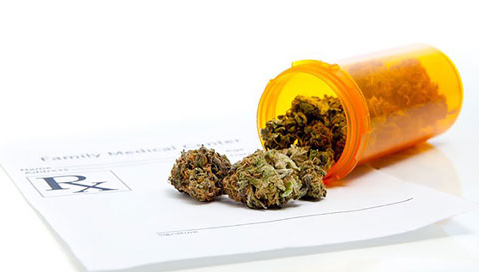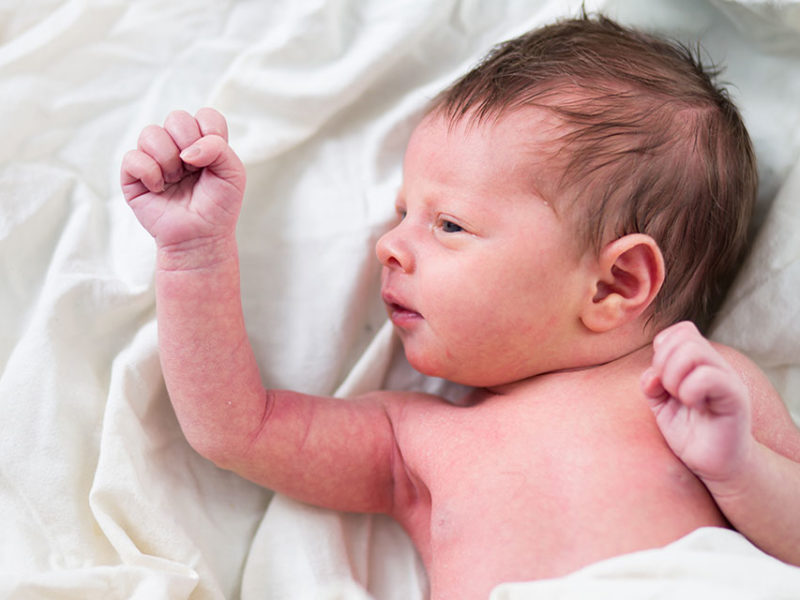Medical Marijuana 101: What Does Increasing Legalization of Medical Marijuana Mean for Pediatrics?
Medical Marijuana 101: What Does Increasing Legalization of Medical Marijuana Mean for Pediatrics? https://pediatricsnationwide.org/wp-content/uploads/2019/08/MarijuanaGraydanus-Post2-cropped.jpg 479 272 Chet Kaczor Chet Kaczor https://pediatricsnationwide.org/wp-content/uploads/2021/03/072215ds309_G.jpg-Kaczor-profile.jpg- August 13, 2019
- Chet Kaczor

The legalization of medical marijuana has been front and center in community conversation over the last several years. As more states turn to legalization under specific conditions, the federal law has not changed.
Experts in pediatric health care are carefully considering what legalization of medical marijuana could mean for children and adolescents with chronic or severe illness. For parents and providers, it is important to understand that legalization of marijuana does not mean greater or immediate access to potentially effective treatment for children with certain medical illnesses. In fact, legalization could make everything more complicated.
So what exactly is medical marijuana, anyway?
It’s any marijuana component used to treat a medical condition as recommended by a physician. It is NOT an approved therapy for an illness as regulated by the Food and Drug Administration. Medical marijuana does not fall under the same rigorous standards of purification, standardization and dosing guidelines that an FDA-approved therapy does. Medical marijuana can include some or all components of the marijuana plant – including tetrahydrocannabinol (THC) and cannabidiol (CBD). In Ohio, only individuals obtaining it through a registered dispensary after receiving a recommendation from a physician who possesses a certificate to recommend may legally possess medical marijuana. All other forms of medical marijuana are strictly prohibited in Ohio.
Epidiolex and CBD
It’s important to clarify that CBD is not marijuana, but rather a chemical component of it. CBD is the active ingredient in the medication EpidiolexTM, which was rigorously studied and approved by the FDA for the treatment of seizures associated with severe forms of epilepsy – Lennox-Gastaut syndrome and Dravet syndrome, specifically. Epidiolex is not the same as other products that claim to contain CBD.
Epidiolex is not medical marijuana. Epidiolex is FDA approved and regulated the same as any other FDA-approved medication.
But the CBD that is purchased on the internet or commercially is not regulated by the same standards for purity and quality. If someone buys CBD that has not been tested in a trial, there is no guarantee that it is purified or mostly purified. In states where marijuana is legal, month-to-month changes have been observed in CBD preparations, and there are currently no regulations for what is being sold in the states that allow it. The Ohio Medical Marijuana Control Program does require laboratory testing of product, but these products are still not FDA-approved. The testing performed may not be done by a laboratory that can accurately determine the content of the products being sold. It may be dangerous to give a child or patient a product unless it has been properly studied and is consistent every time.
Effects of THC on the Developing Brain
The brains of children and adolescents, especially in from ages 12 to 23, are undergoing major developmental changes. The body already makes natural cannabinoid, which is regulated by the endocannabinoid system in the brain.
During adolescence, the brain is essentially maturing from a basic to a high-functioning computer. Adding extra, external THC into the system causes dysfunction, as nerve connections form erratically and imperfectly, leading to a decrease in IQ that doesn’t improve, affected memory, and a higher risk of lifelong substance use. Particularly for younger adolescents, allowing the brain to mature under the influence of extra external THC can lead to the brain being hardwired to function under that influence, making it difficult to stop using.
Synthetic Marijuana
Synthetic cannabinoids are increasingly common and dangerous. Products with names like JWH-018, Spice, K-2, King Kong, Relief, and others can cause coma, delirium, seizure, paranoia, hallucinations, muscle destruction, kidney failure, high blood pressure and heart attacks. Cases of life-threatening bleeding caused by contaminants in synthetic marijuana have also been reported. In some of those cases, the rat poison brodifacoum was found, which is a blood thinner.
The Path Forward
Given what is known about the risks associated with medical marijuana that is not regulated or approved by the FDA, the American Academy of Pediatrics opposes the use of marijuana in children and adolescents from birth to 21 years.
The AAP recognizes that marijuana may currently be an option for cannabinoid administration for children with life-limiting or severely debilitating conditions and for whom current therapies are inadequate. Currently, no physicians at Nationwide Children’s Hospital have obtained certificates to recommend, but a small number of physicians may choose to obtain a certificate in the future. Nationwide Children’s Hospital worked in a multidisciplinary fashion to create a medical marijuana policy when Ohio legalized it. Per hospital policy, if your child or you are admitted to Nationwide Children’s Hospital and are taking medical marijuana, please speak with your attending physician about continued use while hospitalized.
If parents or providers have concerns about an ingestion or questions, they can call the poison center at 1-800-222-1222 to receive expert assistance, 24/7.
Image credit: iStock
About the author
Chet Kaczor, PharmD, MBA is the chief pharmacy officer at Nationwide Children’s Hospital.
-
This author does not have any more posts.
- Post Tags:
- General Pediatrics
- Pharmacy
- Primary Care
- Posted In:
- Features
- Second Opinions






